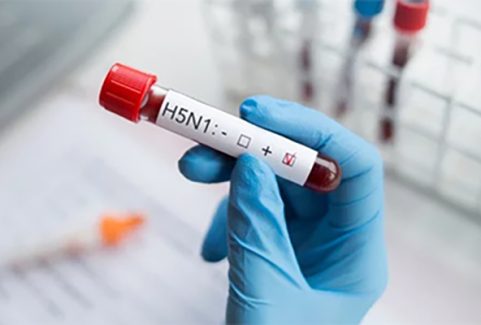Soon South Dakota dairy and livestock producers will have data to help them select corn silage hybrids that will yield the nutritional benefits their herds need to produce quality milk and meat.
South Dakota State University’s Dairy and Plant Science Departments teamed up with Crop Performance Testing program to evaluate corn hybrids for silage production.
“The goal of this project is to provide recommendations on what hybrids South Dakota corn growers should grow to produce high quality corn silage for livestock production,” said David Casper, Assistant Professor of Dairy Science. “Just try staying profitable in the dairy or beef business without high quality corn silage.”
South Dakota ranks eighth in the United States in the production of corn silage – producing 4.8 million tons on 600,000 acres.
The initiation of this new project involved the 2013 spring planting of 45 hybrids at the South Dakota Agricultural Experiment Station in Volga. These hybrids were provided by eleven companies that agreed to have their hybrids evaluated for the production of corn silage. Hybrids were planted in small replicated experimental plots. These hybrids were recently harvested as corn silage (target 35% dry matter) by cutting a specific number of plants out of each replicated plot with a power cutter, bundled, and transported to the main facilities for weighing and ensiling.
Silage yields need to be measured
Until this project, Casper explained that one reason silage data has not been collected is because it was overshadowed by grain corn.
“Silage doesn’t get the attention that grain corn does because it’s not marketed directly as grain or through ethanol,” he said.
South Dakota Crop Performance Testing program has a long history of evaluating and testing the yields of corn grain hybrids. This program has documented the tremendous improvement in grain yields for South Dakota corn growers. However, Casper said, until now, no research work and evaluation has been conducted on which hybrids may be better suited for corn growers for the production of high quality corn silage in South Dakota.
“The production of high quality corn silage involves not only the yield or tonnage per acre, but needs to include its digestibility. The greater the dry matter, fiber and starch digestibilities of a specific corn silage, the more milk and meat that can be produced at a lower feed cost,” he said. “Digestible fiber (digestible NDF) is one of the more expensive nutrients needed in dairy rations. Thus, producing corn silage with greater digestibility improves milk and meat production, while reducing the cost of production.”
Testing procedure
To collect data, the plants were processed through a chipper/shredder inoculated with a silage fermentation additive, mixed and packed in 5-gallon mini-silo buckets. The buckets were then sealed with an air tight lid, weighed, and placed in storage.
Casper explained that these mini-silos will be weighed after 90 days of storage to calculate dry matter losses during ensiling and then opened with samples taken for nutrient composition and measurements of dry matter, fiber, and starch digestibilities.
The data will be made available to both seed corn companies and corn growers to improve their hybrid selection to produce high tonnage and high quality corn silage and reduce the cost of producing milk and meat in South Dakota. Corn silage is a very valuable end-use for corn grown in the state.
Source: Dairyherd




